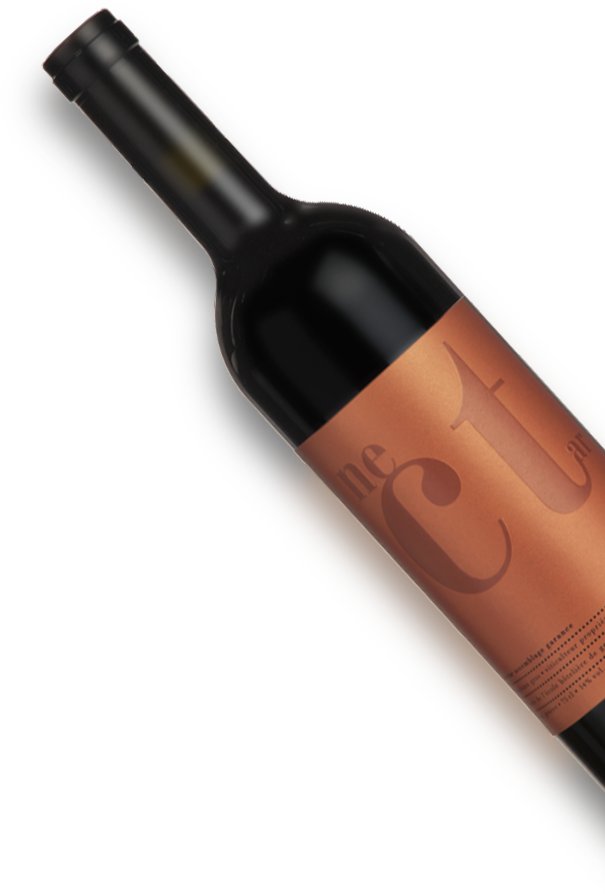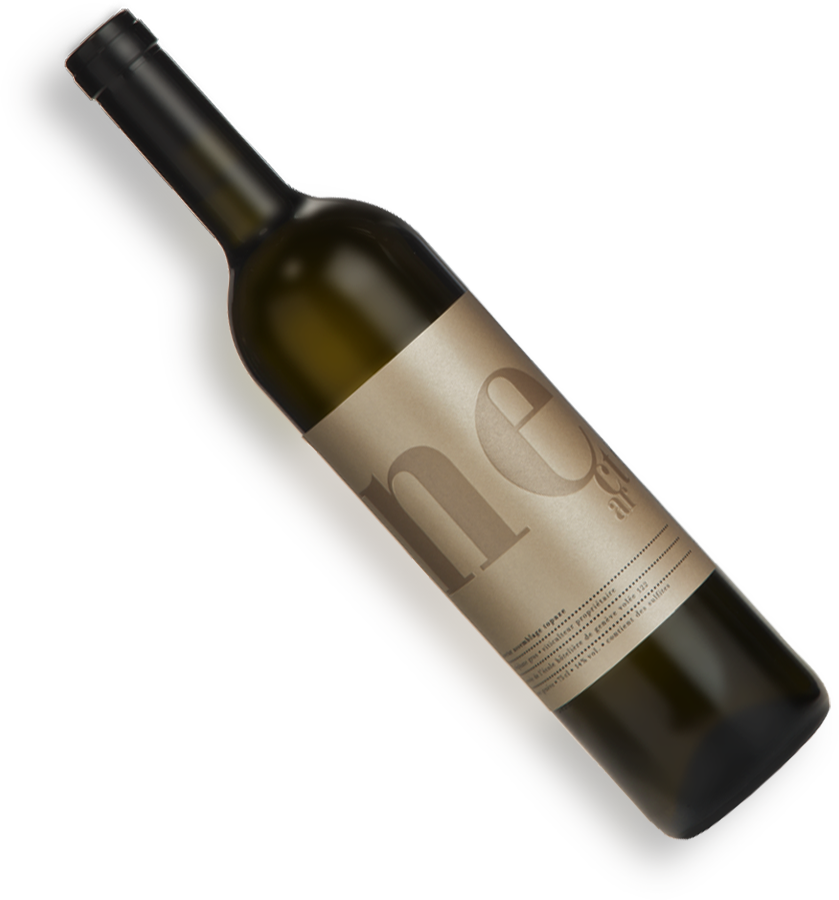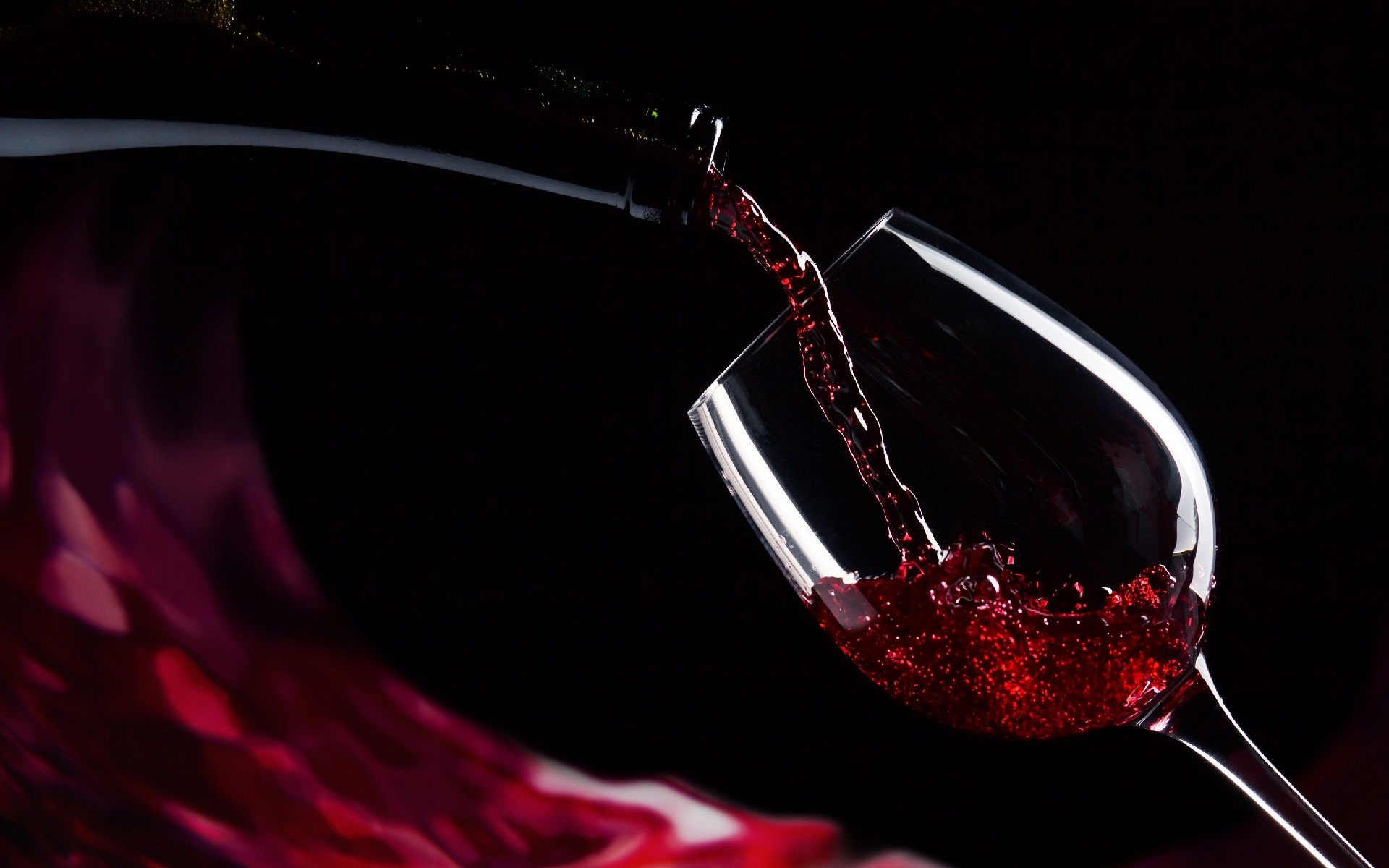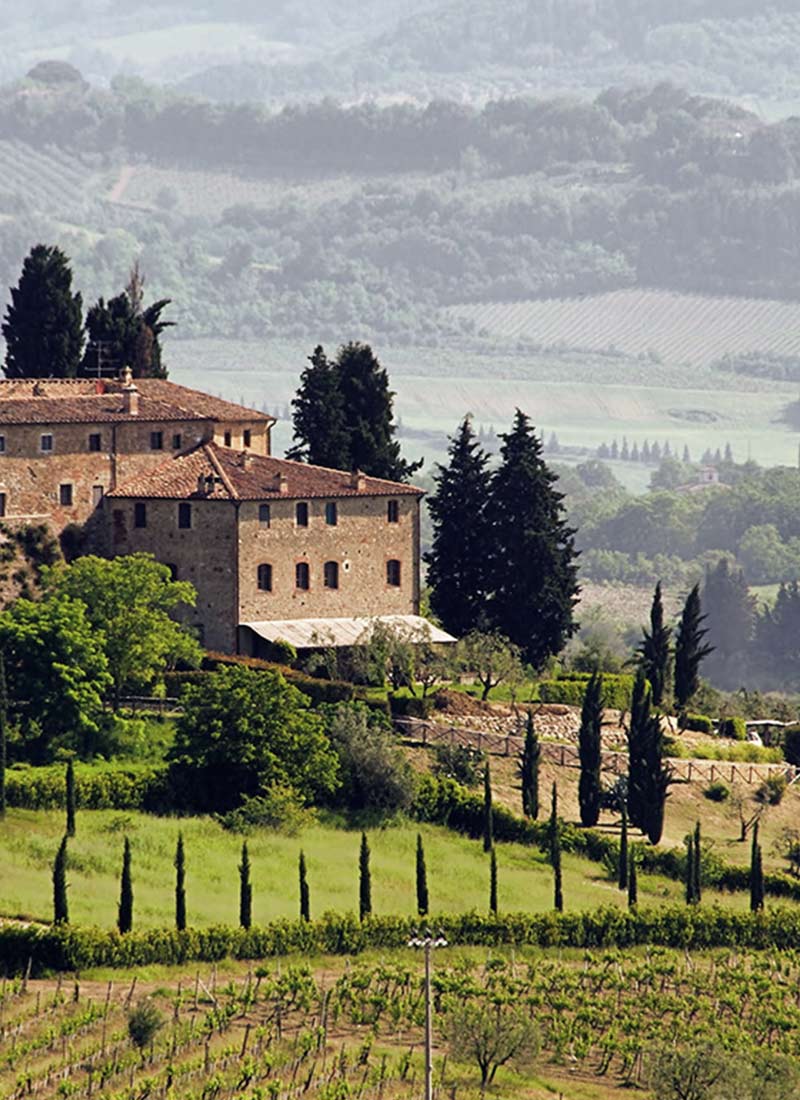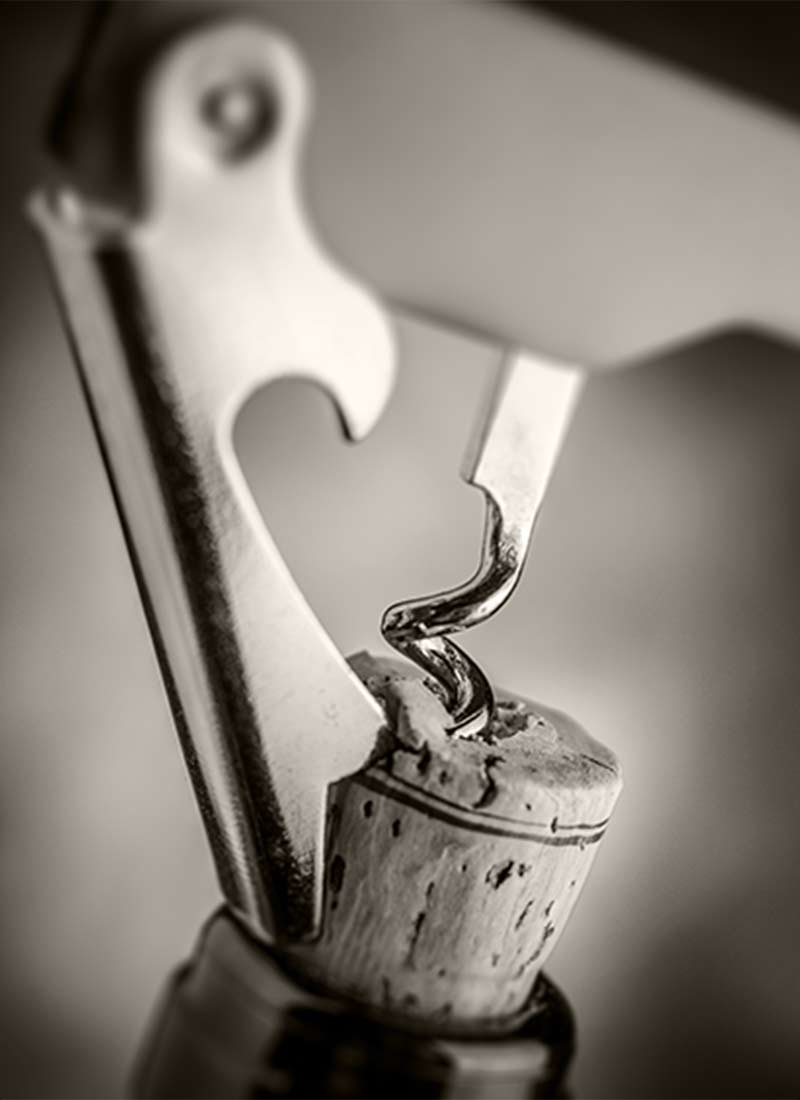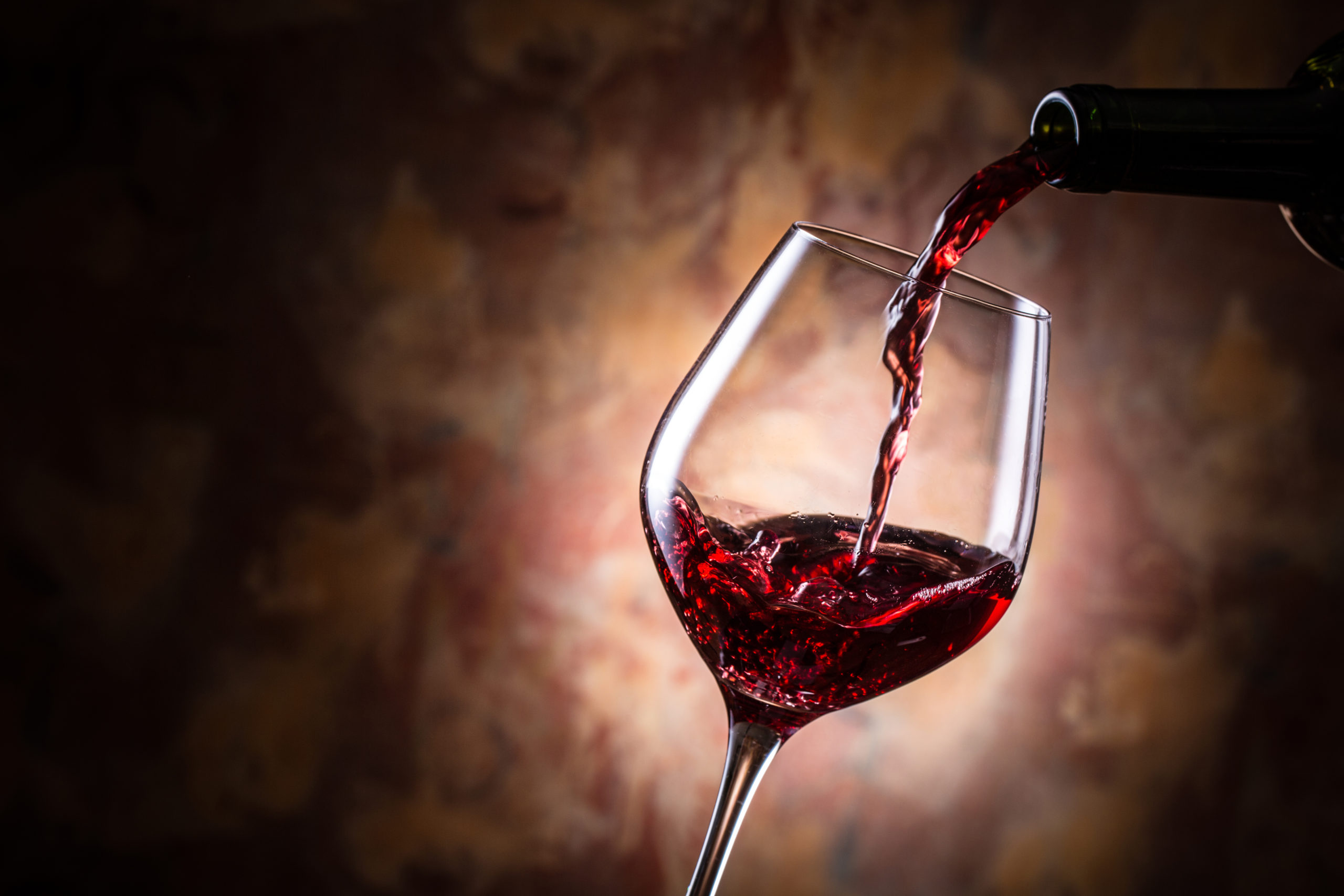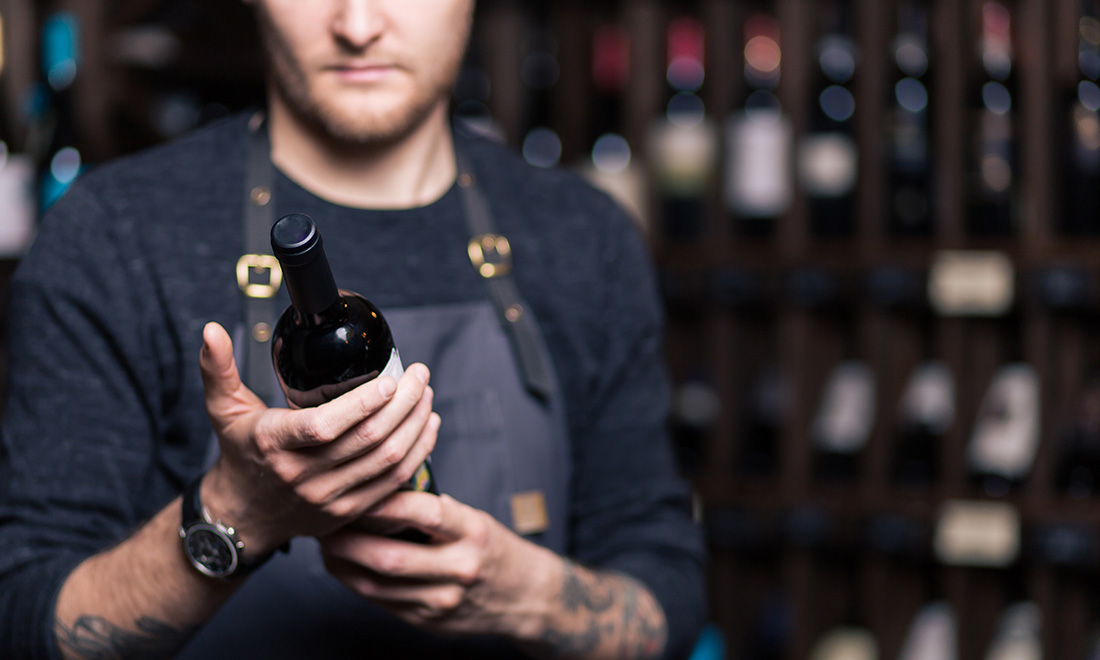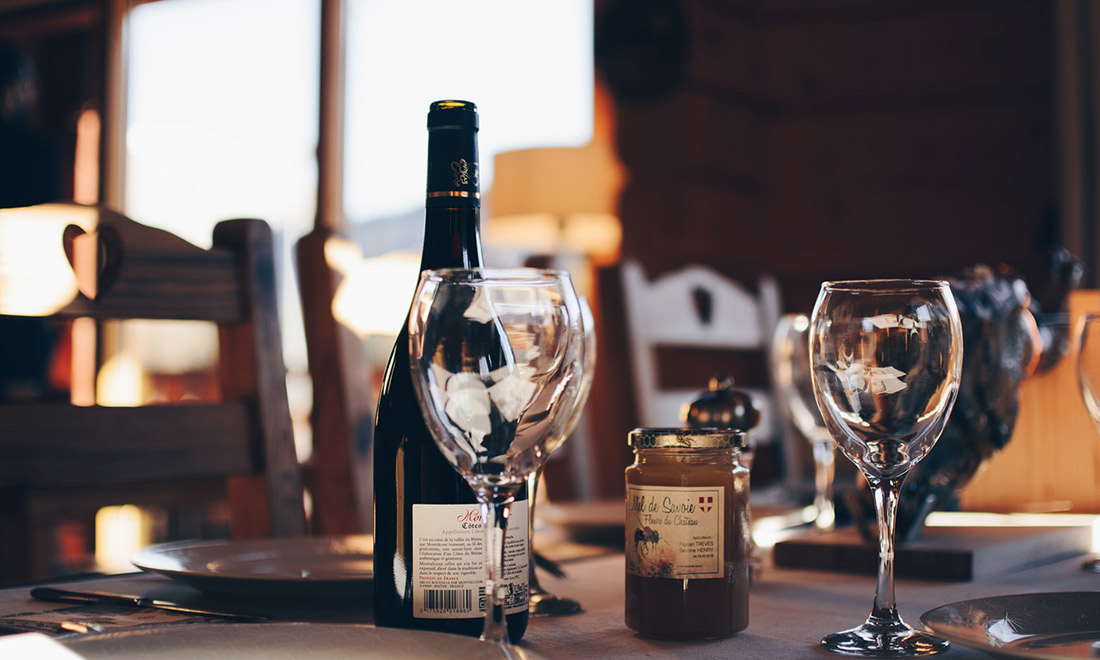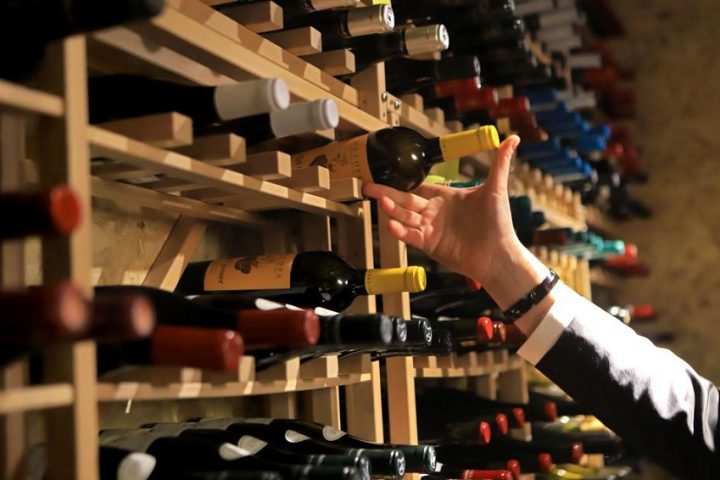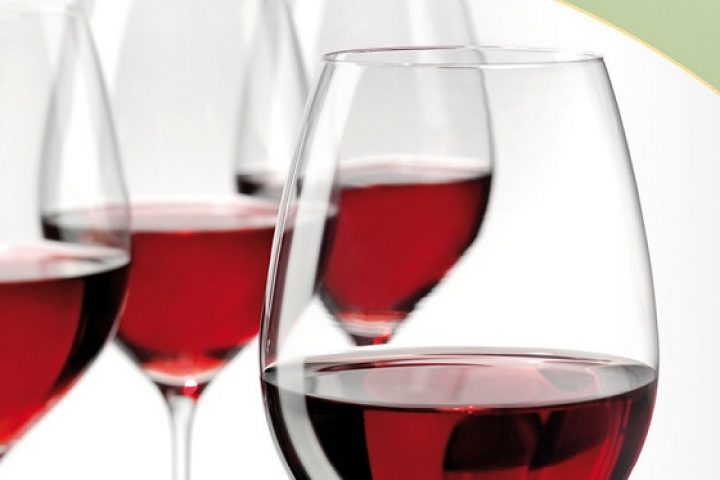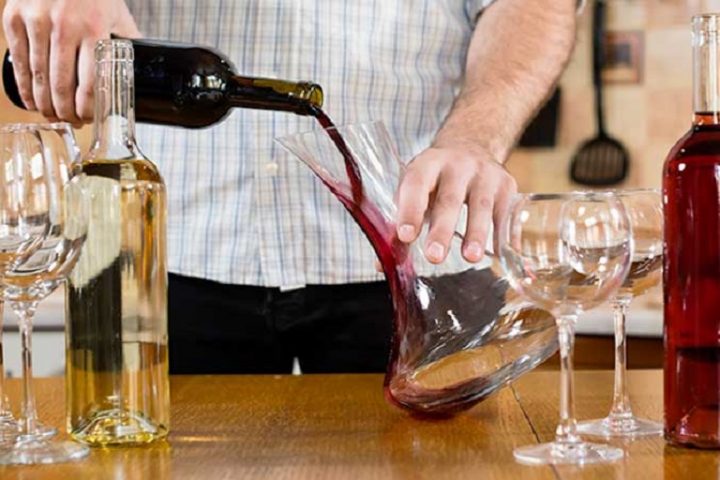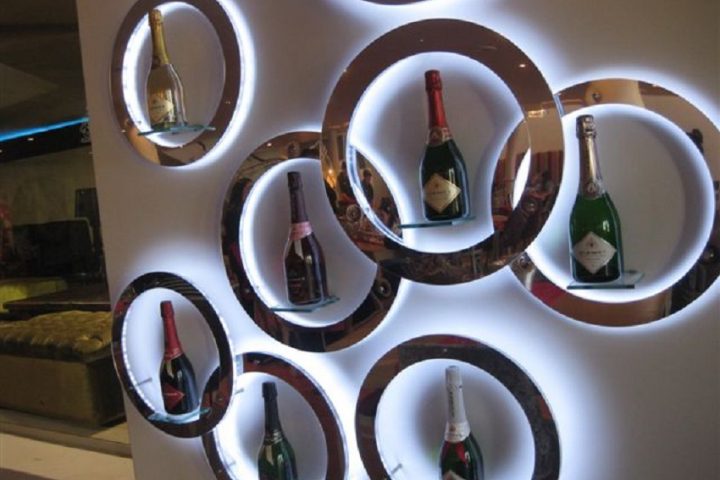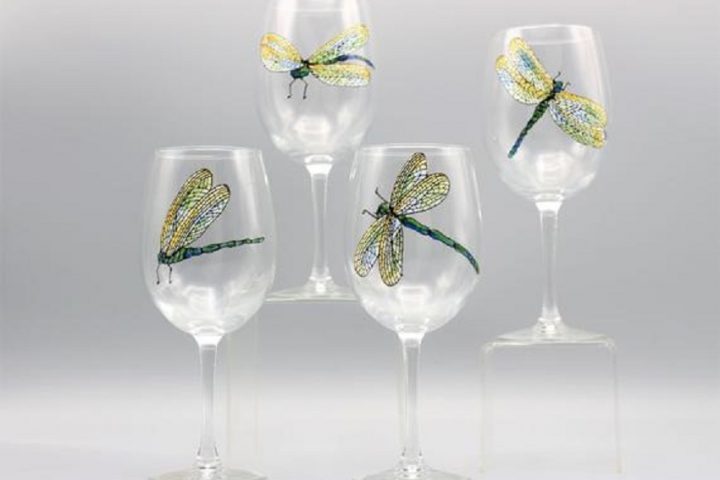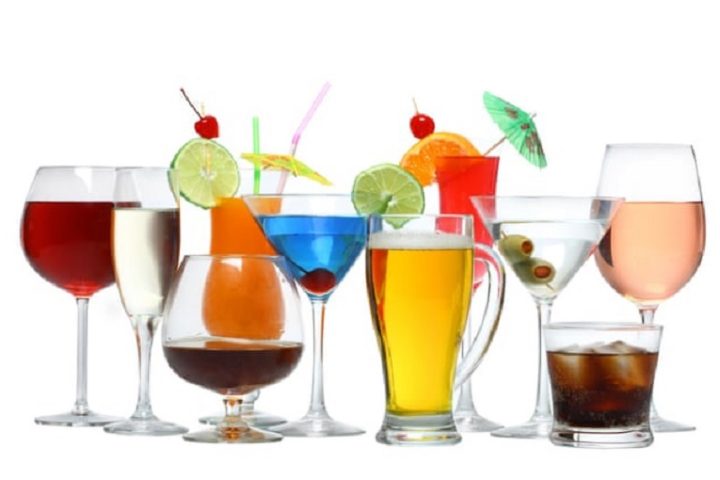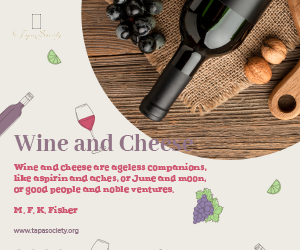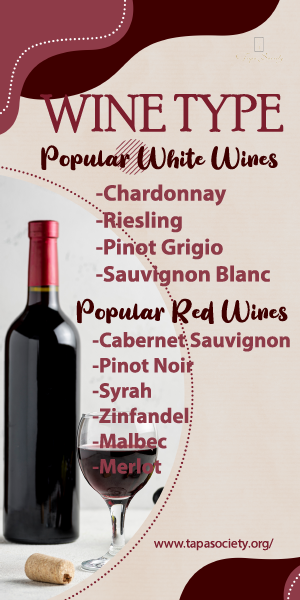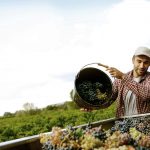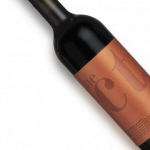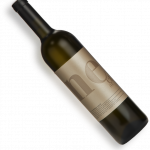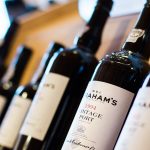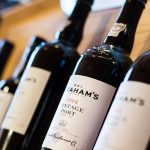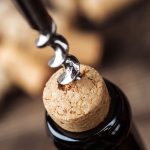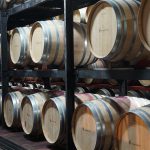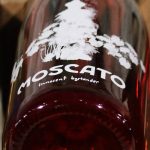That the world of wine is mythical, fascinating, and has an aura of elegance is undeniable. Once we delve into this fascinating topic (always in moderation), we want to find out more about climates, soils, varieties, and dive into the wonderful terroir, from which exciting Bacchic liquids emanate, which touch our hearts.
However, beyond the dazzling that the noblest drink of all always gives us, there are countless myths, doubts, and intrigues that, for many palates, are still unsolved.
Next, we will mark with a V, true, or an F, false, ten points linked to the wine planet, which will clear doubts to unsuspecting palates.
Screwcap wines are of poor quality (False)
It is very common to hear, in any wine tasting or encounter, that the screw-on labels are “berettas”. There is nothing more false than that. Not even a three peso coin is as fictitious as this wrong statement.
Wines with this closure are ideal to drink during the harvest year or in the immediately preceding vintage. This stopper is perfect for those exponents that will be drunk soon, fresh, fruity, agile, and without going through barrels.
In general, the Rosca covers young white and rosé wines, aromatically very expressive, with enveloping acidity and “dangerous” when drinking, as they are light and pleasant on the palate.
Also, in the last decade, this closure applied to different reds without aging and that is “pure fruit.” As in the previous mentions, the thread is practical in these styles of wines, it favors the preservation of aromas and represents a lower cost for wineries.
We just have to get our prejudices out of our heads and accept this closure as a valid and appropriate alternative for wines that are easy to drink, without complexities or potential for prolonged aging.
The wine is made with any fruit and essences are added (False)
Many times, we will hear that a wine smells of grapefruit, passion fruit, butter, white rose, purple, cherry, strawberry, vanilla, or coconut. This does not mean that any of the aforementioned products are dosed.
The olfactory association has to do with the so-called Aromas of wine. The primaries are typical of the grape and its terroir. In other words, genetically, for example, a Malbec smells like plum and a Cabernet Sauvignon smells like fresh green pepper.
The secondary aromas emerge from the fermentation process and give lactic or buttery notes. Sensations associated with yogurt, milk, and butter are present in the nose.
On the other hand, the tertiary notes come from aging in barrels. Chocolate, dulce de leche, smoke, coffee, coconut, and vanilla are just some of the aromatic profiles of the wines that have been aged in the wood.
“The older the better” (False)
This statement has become, over the years, a great myth. All wine has a potential aging or tentative life curve, depending on its production process.
If a wine has been to drink fresh, in its full youth, it will not have a very long vine curve and, therefore, the longer we wait for it, the worse it will get. Agile white, rosé, and red wines that do not pass through barrels should be taken as soon as possible.
A good label means that you treasure a good wine (False)
This is like when we like a person. The fact that she is physically beautiful does not guarantee that we will like or move her personality.
In wine matters, a very well designed label does not endorse the inner liquid. Logically, a colorful, eye-catching and very innovative design will invite us to buy the bottle. On the contrary, a label with a design that is lost or that does not tell us anything, can, in a first impression, move us away from the bottle.
It is proven that very good wines, due to a discreet and visually unattractive label, have sold less than a medium-quality wine, but that marketing has been known to sell very well. To think and reflect.
A heavier and more imposing bottle houses more expensive wines (True)
For marketing, prestige, or simply a differentiating issue from other wine lines, the emblematic or iconic labels of the wineries come in denser bottles with a greater presence.
This does not mean, however, that we have to like it more than an inexpensive wine, presented in a simpler and lighter bottle. It is important to always be guided by what our palate dictates and not by conditioning impositions.
Rosé wines are feminine (False)
Tremendous fallacy. Rosés, in tune with the growing trend for light, fresh and fruity products, are always a great wild card. Versatile when it comes to pairing, they adapt to a myriad of gastronomic elaborations. From minced fish, chicken, and even low-fat red meats, they are an ideal alternative to enjoy in good company.
Likewise, we have never understood the reason for the female categorization, with overtones of contempt. Rosé wine is for all palates who want to experience a fresh, fruity glass with enveloping acidity.
The wine is taken at room temperature (False)
Each type of wine is drunk at a certain temperature. Generally speaking, light whites are appropriately enjoyed between 8 and 10 degrees, while bulky whites are between 10 and 12 degrees. Light reds, between 12 and 14 degrees, and medium-bodied reds, between 14 and 16 degrees. For its part, full-bodied reds are tasted at a temperature between 16 and 18 degrees.
It is essential to respect these thermal ranges, in order to enjoy each wine wisely. Bouns track: the sparkling should be taken between 5 and 7 degrees.
The white wines go only with fish and the red ones with red meat (False)
There are white exponents, for example, based on Chardonnay, aged or fermented in oak barrels that can combine wonderfully with achuras, cuts of pork, grilled chicken, and even a cut of lean red meat. Depending on the type of elaboration and the style of white wine in mind, the options when it comes to the enogastronomic combination are multiple
A classic example, by contrast, that is worth mentioning, is the Torrontés tandem with spicy Salta empanadas. Take a pencil and paper, this is how you make this superb assembly.
As for red wines, noble and delicate varieties such as Pinot Noir go wonderfully with fatty fish, such as pacú, trout or salmon.
Likewise, a delicate Merlot or Malbec without going through barrels can go wonderfully with some white meat. Once again, we must get rid of the myths that we inherit from generation to generation.
White wine gives me a headache (False)
Exception: this statement is false in our times. Before, it has been true. To compensate for the lack of tannins, which allow us greater durability in red wine, the white ones were added to excess sulphites. Thus was born the myth (once reality) of white that gives us more than one headache.
Over time, the whites have evolved and are, without a doubt, on a par with the reds. Today, the headache of the whites will be the consequence of having had a few too many drinks.
Canned wine is a modern and very valid alternative (True)
Let’s definitely lose the fear of alternative formats. The can, the bag in box and even the aforementioned screw cap, offer us different options in the market for consumers who seek to enter the world of wine without solemnities or obsolete commandments.
Health! And until next time…



